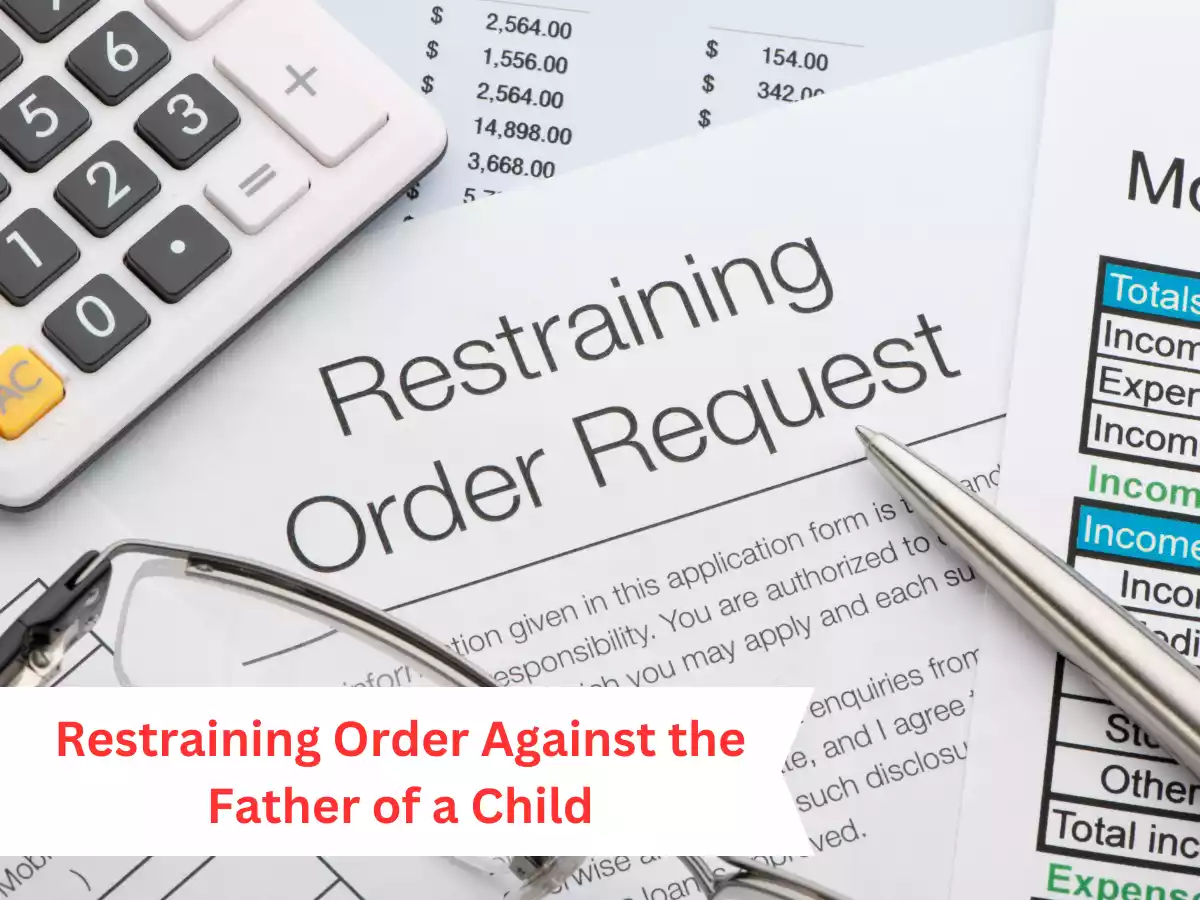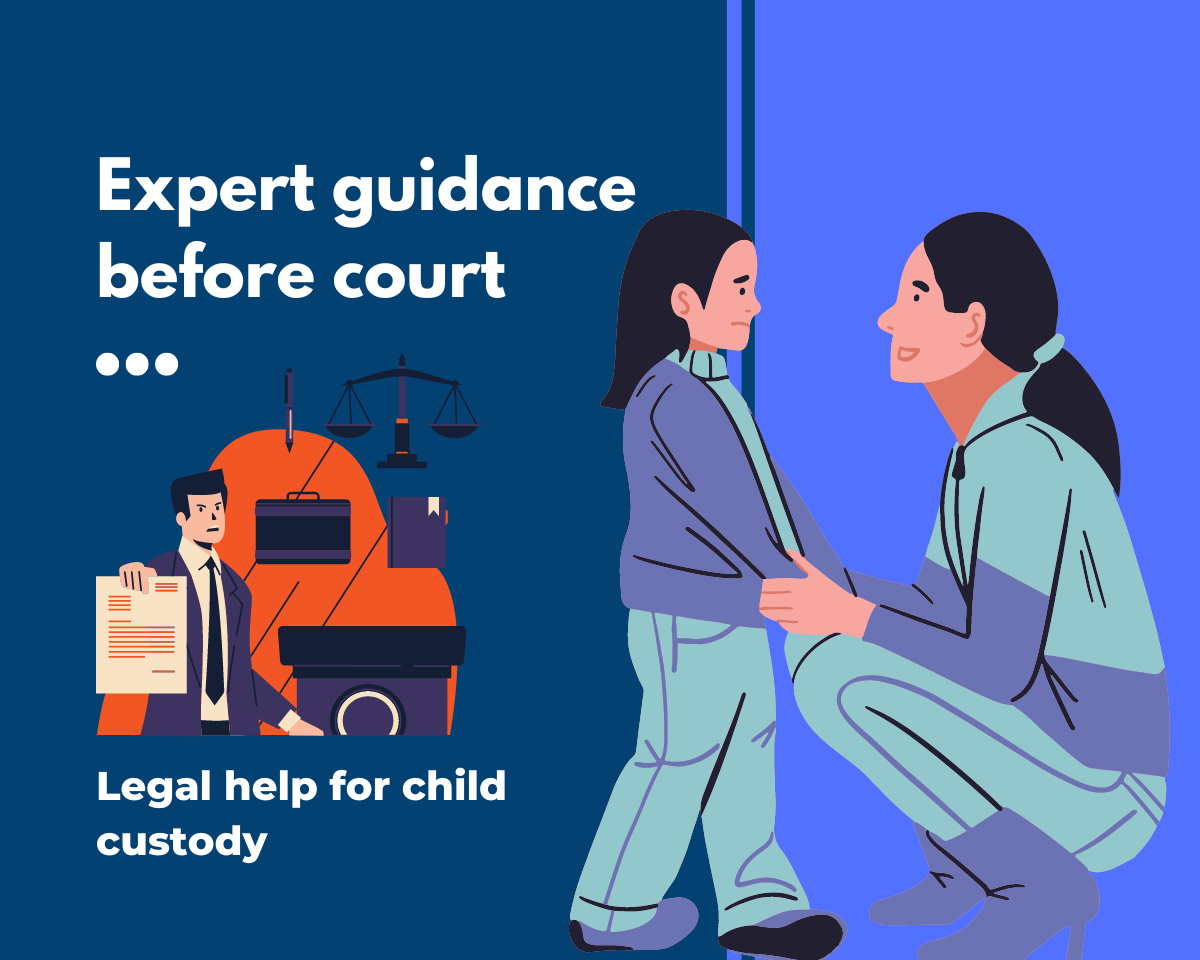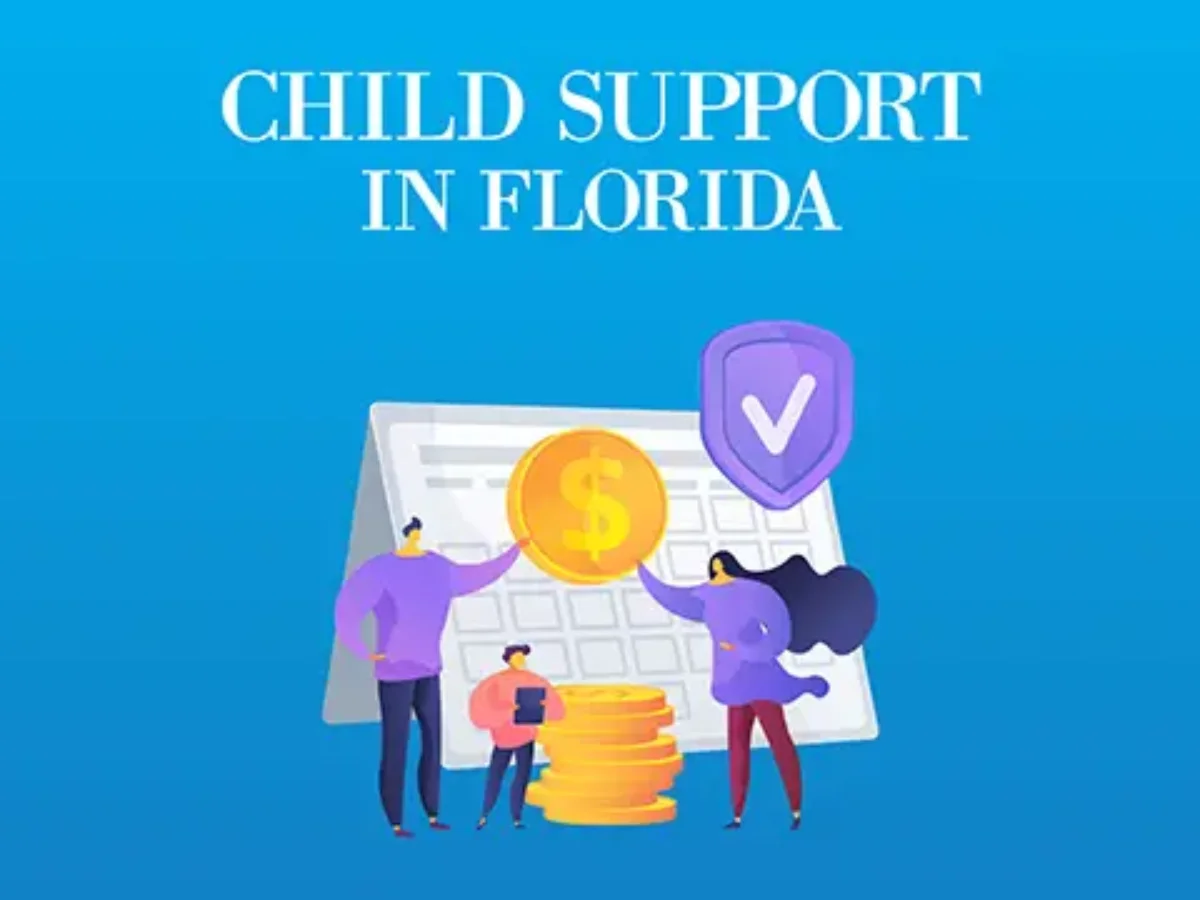Introduction: restraining order against father of child
In situations where safety and well-being are at risk, obtaining a restraining order against the father of a child can be a crucial step to ensure protection for both the child and the other parent. This article delves into the intricacies of restraining orders, their legal aspects, and the steps involved in obtaining one to safeguard the interests of those involved.
Understanding Restraining Orders
What is a Restraining Order?
A restraining order is a legal order issued by a court to prohibit an individual from engaging in certain actions or approaching specific individuals.
Types of Restraining Orders
There are various types of restraining orders, including domestic violence restraining orders, civil harassment orders, and elder abuse restraining orders.
Grounds for Obtaining a Restraining Order
Safety Concerns
A restraining order may be sought when there are valid safety concerns for the child and the other parent due to threats, violence, or harassment.
Child’s Best Interest
The well-being and best interest of the child are paramount when considering the necessity of a restraining order.
The Process of Obtaining a Restraining Order
Filing the Petition
The process typically starts with filing a petition for a restraining order, detailing the reasons and evidence supporting the request.
Court Hearing
A court hearing is scheduled where both parties present their sides of the case, and the judge evaluates the evidence and arguments.
Legal Considerations
Burden of Proof
The party seeking the restraining order must provide sufficient evidence to convince the court that it is necessary for protection.
Child Custody
A restraining order may impact child custody and visitation arrangements, and the court will consider the child’s safety when making decisions.
Ensuring Effectiveness
Adhering to the Order
Once a restraining order is granted, it is crucial for both parties to adhere to its terms and avoid any violations.
Reporting Violations
If the restrained individual violates the order, it is essential to report it to law enforcement promptly.
Conclusion
Obtaining a restraining order against the father of a child is a legal step taken when safety concerns arise. It involves understanding the types of restraining orders, filing a petition, attending a court hearing, and adhering to the order’s terms. Ultimately, the aim is to ensure the well-being and safety of the child and the other parent while navigating the complexities of the legal process.
FAQs
- What is a restraining order? A restraining order is a legal order issued by a court to restrict an individual’s actions or proximity to specific individuals.
- What are the grounds for obtaining a restraining order against the father of a child? Valid grounds include safety concerns, threats, violence, or harassment that could endanger the child or the other parent.
- How does the process of obtaining a restraining order work? The process involves filing a petition, attending a court hearing, and presenting evidence to support the need for the restraining order.
- What legal considerations should be kept in mind when obtaining a restraining order? The burden of proof lies with the petitioner, and the order may impact child custody and visitation arrangements.
- What steps can be taken to ensure the effectiveness of a restraining order? Both parties should adhere to the terms of the order, and any violations should be promptly reported to law enforcement.




















